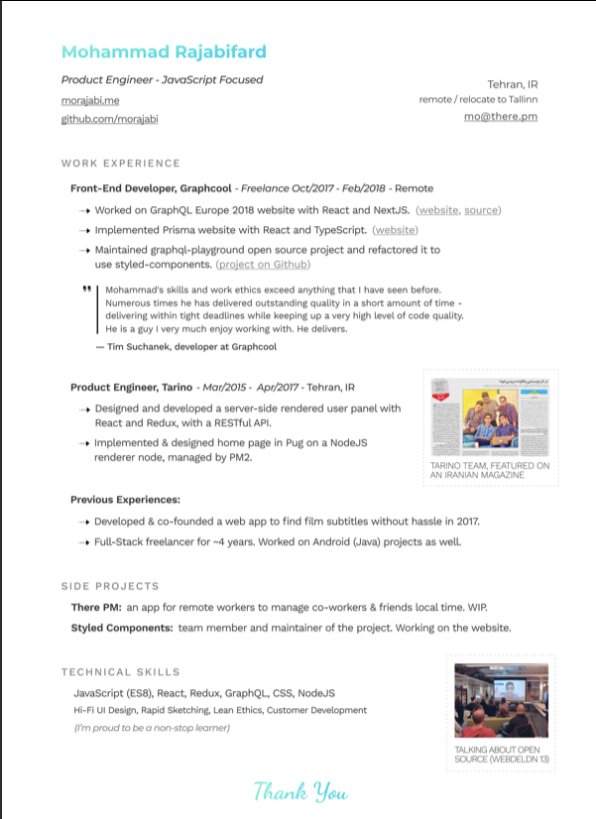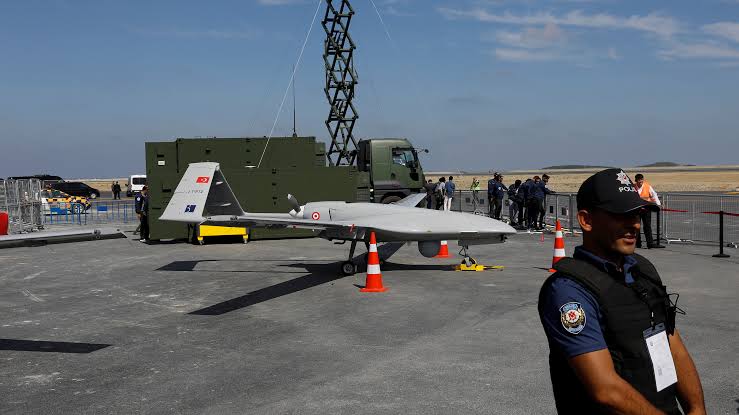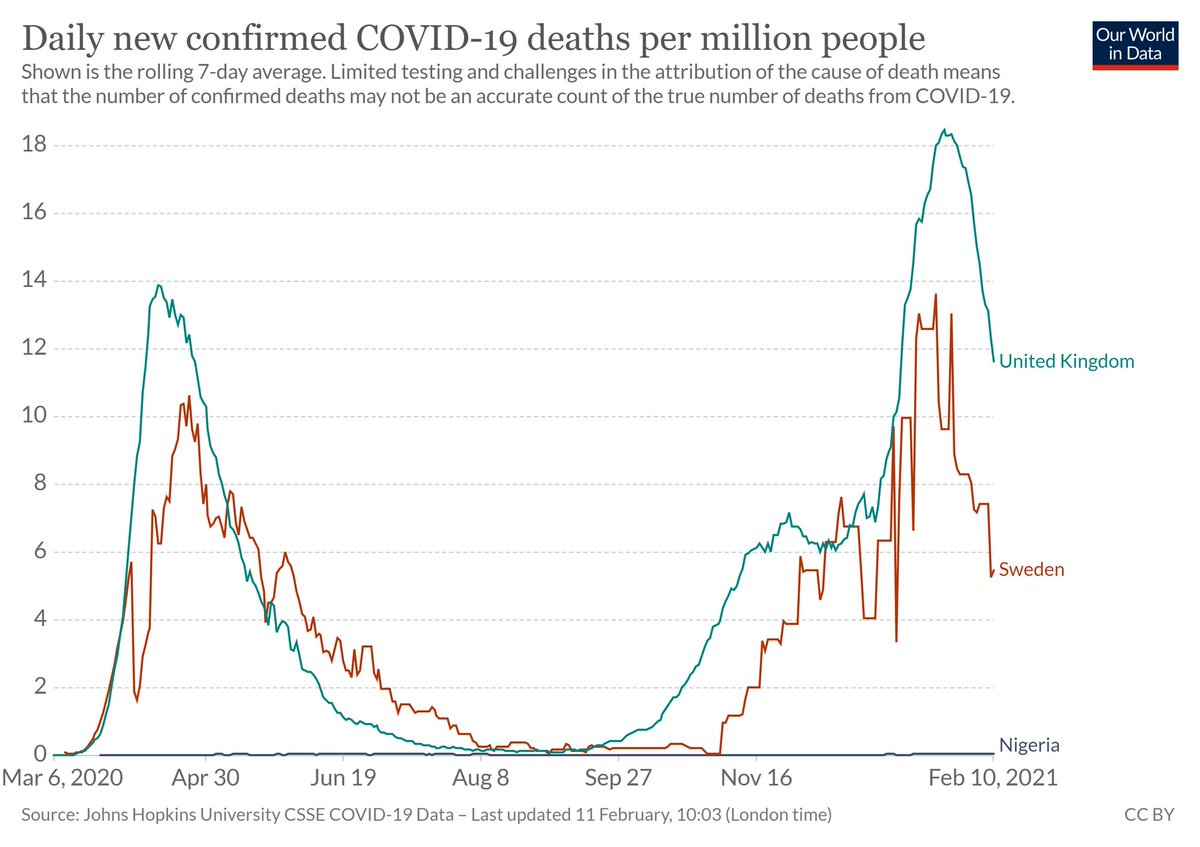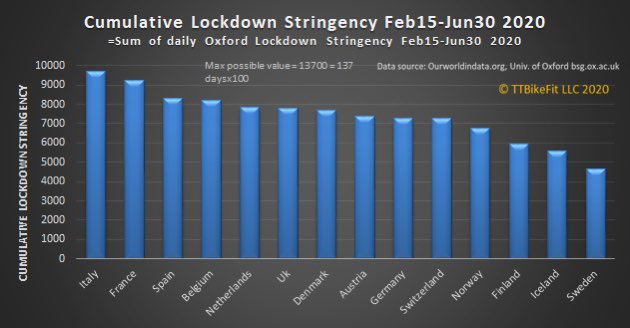My very initial thoughts on the huge liquid fuel Missile displayed by North Korea. My estimates are likely within a plus/minus 10%, and loaded with some basic engineering assumptions. Much remains to be learned.... 1/n
More from World
1. I am indeed disgusted with attempts to misrepresent and take out of context what I wrote on my blog yesterday.
RESPECT OTHERS
— Dr Mahathir Mohamad (@chedetofficial) October 29, 2020
1. A teacher in France had his throat slit by an 18-year-old Chechen boy. The killer was angered by the teacher showing a caricature of Prophet Muhammad. The teacher intended to demonstrate freedom of expression.
2. Those who did that highlighted only one part of paragraph 12 which read: “Muslims have a right to be angry and to kill millions of French people for the massacres of the past.”
3. They stopped there and implied that I am promoting the massacre of the French.
4.If they had read d posting in its entirety & especially the subsequent sentence which read: “But by & large the Muslims hv not applied the “eye for an eye” law. Muslims don’t. The French shouldn’t. Instead the French should teach their people to respect other people’s feelings
5. Because of the spin and out of context presentation by those that picked up my posting, reports were made against me and I am accused of promoting violence etc… on Facebook and Twitter.
20 academics criticizing an paper is fine; good science, really
10000+ hate mail for studying schools in Sweden is insane
Anonymous docs/ prof (hiding in faceless accts) on twitter smearing researchers is insane
[thread] https://t.co/QYldLD3WO0

Together with @ernkrans, I am interviewed in @bmj_latest: "We need to ensure that our researchers understand the concept and value of academic freedom and the responsibility that comes with it"https://t.co/AFjtbSfgjr
— Ole Petter Ottersen (@ottersenolep) February 18, 2021
In April 2020, @jflier and I saw this coming
We saw increasingly heated and personal attacks against scientists merely for having a range of views on COVID19 (PS there is no playbook/ right ans)
Tying science to naked politics was also bad idea, we
Yet, repeatedly that is what happened. Twitter 'experts' displayed an absolute intolerance to other views
Folks who disagreed weren't just wrong, they were malicious actors spreading "disinformation"
Really? Someone worked for 25 years as faculty to suddenly spread lies?
Disinformation has been so misused that it has lost meaning.
I recently saw an ID doc & lab researcher in the UK be accused of spreading "disinformation"
hahah, get outta here, you are trying to say "i disagree" but your keyboard is broken
Personal attacks have become so bad that I have seen a lab researcher accuse a doctor of wanting to engage in inappropriate relationships with patients due to diverging views on vaccine messaging
Seriously? It was a low point even for twitter
You May Also Like
- Forget what you don't have, make your strength bold
- Pick one work experience and explain what you did in detail w/ bullet points
- Write it towards the role you apply
- Give social proof
/thread

"But I got no work experience..."
Make a open source lib, make a small side project for yourself, do freelance work, ask friends to work with them, no friends? Find friends on Github, and Twitter.
Bonus points:
- Show you care about the company: I used the company's brand font and gradient for in the resume for my name and "Thank You" note.
- Don't list 15 things and libraries you worked with, pick the most related ones to the role you're applying.
-🙅♂️"copy cover letter"
"I got no firends, no work"
One practical way is to reach out to conferences and offer to make their website for free. But make sure to do it good. You'll get:
- a project for portfolio
- new friends
- work experience
- learnt new stuff
- new thing for Twitter bio
If you don't even have the skills yet, why not try your chance for @LambdaSchool? No? @freeCodeCamp. Still not? Pick something from here and learn https://t.co/7NPS1zbLTi
You'll feel very overwhelmed, no escape, just acknowledge it and keep pushing.
Five billionaires share their top lessons on startups, life and entrepreneurship (1/10)
I interviewed 5 billionaires this week
— GREG ISENBERG (@gregisenberg) January 23, 2021
I asked them to share their lessons learned on startups, life and entrepreneurship:
Here's what they told me:
10 competitive advantages that will trump talent (2/10)
To outperform, you need serious competitive advantages.
— Sahil Bloom (@SahilBloom) March 20, 2021
But contrary to what you have been told, most of them don't require talent.
10 competitive advantages that you can start developing today:
Some harsh truths you probably don’t want to hear (3/10)
I\u2019ve gotten a lot of bad advice in my career and I see even more of it here on Twitter.
— Nick Huber (@sweatystartup) January 3, 2021
Time for a stiff drink and some truth you probably dont want to hear.
\U0001f447\U0001f447
10 significant lies you’re told about the world (4/10)
THREAD: 10 significant lies you're told about the world.
— Julian Shapiro (@Julian) January 9, 2021
On startups, writing, and your career:


























